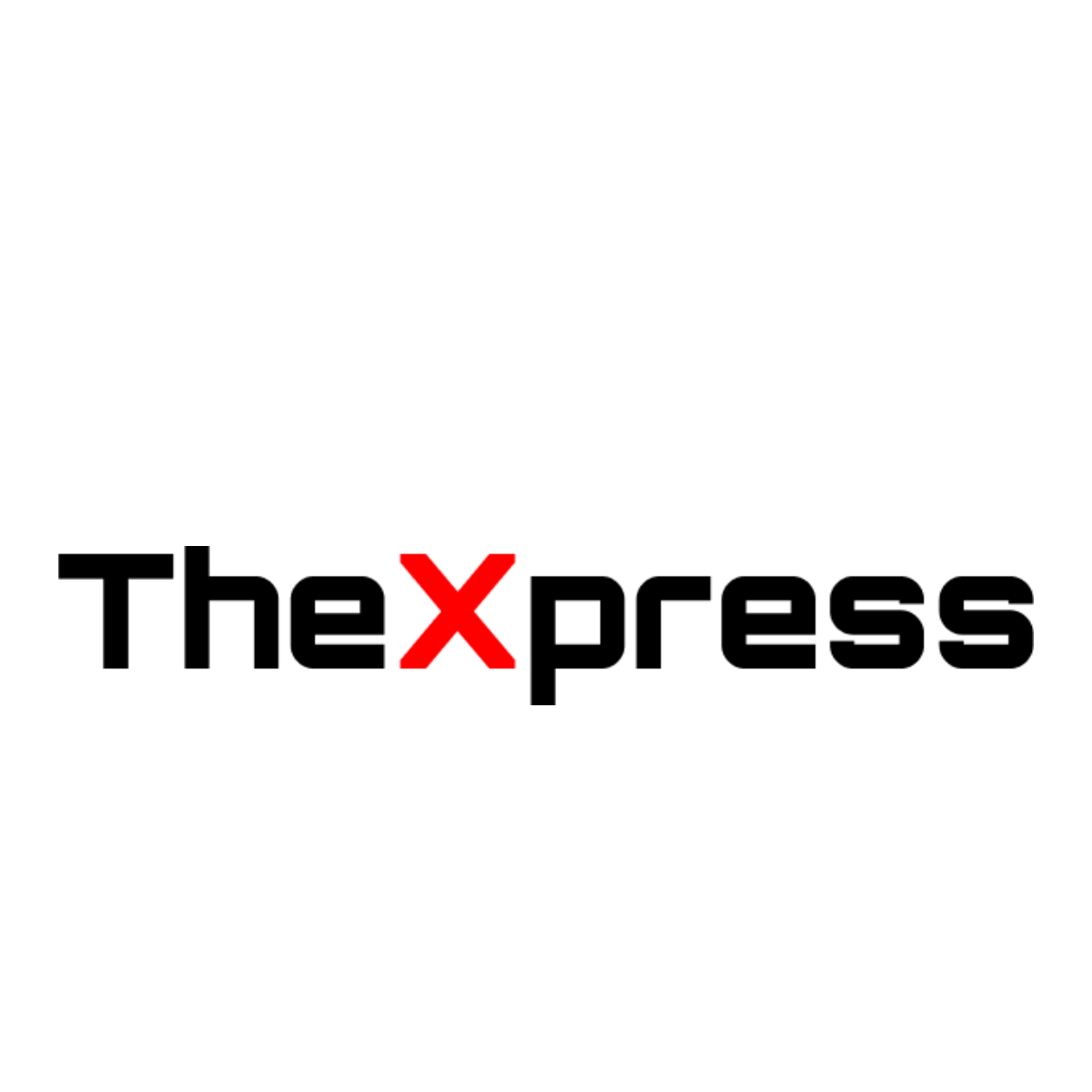Introduction
Joseph Stalin, a key historical figure of the USSR is well credited for his despotic character and the process of titular state’s becoming a world superpower. Malicious policies, fast pace of industrialization, and major geopolitical power were the outstanding features of his political life. This blog is dedicated to the analysis of Stalin’s path to power, primary policies, as well as consequences of his activity.
Early Political Involvement
Joseph Stalin’s political history dates back to the late 1800s that has been under the influence of revolutionary movement and Marxist party.
Joining the Bolsheviks:
1. Stalin got engaged actively in the revolutions at a tender age, and he was among the founding leaders of the Bolshevik wing of the Russian Social Democratic Labour Party in 1903.
2. His early activities involved in calling for strikes, spreading of fliers, and engagement in robberies with guns for the funding of the party.
Revolutionary Activities:
1. Stalin was actively involved in the revolution of 1917 as the October Revolution and played a significant part even though not as significant as Lenin or Trotsky.
2. He begins to be noted for administrative abilities and devotion to Lenin.
Rise to Power
The way to the leadership position was associated with political struggle within the framework of the CPSU and the elimination of rivals.
General Secretary:
1.This position was given to Stalin in the year 1922 in the communist party to control the party cadre and make himself loyalists.
2. by putting his more trusted lieutenants to strategic positions, and manipulation of the party membership.
Consolidation of Power:
1. The fighting stops when Lenin dies and Stalin eliminates his competitors: Trotsky, Zinoviev and Kamenev by 1928.
2. Thus, by the beginning of the 1929 Stalin had managed to become the supreme ruler of the Soviet state.
Policies and Governance
The years of Stalin’s rule are marked by industrialization, the process of the collectivization of agriculture, and political oppression.
Five-Year Plans:
1. Criticizing the condition of soviet agriculture Stalin decided to implement a series of five-year plans to put soviet into industrialization process.
2. These plans emphasized heavy industry, leading to significant economic growth but at great human cost.
Collectivization:
1. The collectivization of the agriculture wanted to join small scale holds to a single unit of large state enterprise.
2. This policy led to the widespread of famine, which is most notably the Holodomor in the Ukraine, and resulting in the millions of deaths.
The Great Purge:
1. In the late 1930s, Joseph Stalin initiated the Great Purge which is to the eliminate perceived threats within the Communist Party and the military.
2. Hundreds of thousands were executed (including prisoners of war) or sent to the labour camps in the Gulag system.
The period of the armed conflict and the post war
Stalin became an international-level leader during the World War II but his post war polities strengthened his grip even more.
Role in World War II:
1. A differentiate contract was first facilitated by Joseph Stalin with the Nazi Germany, with Adolf Hitler, in response to control the territories of Poland; nevertheless, this contract was violated when the Germans attacked the red army in 1941.
2. Stalin was very much involved in the military strategies and the production that led to the defeat of Nazi Germany, all these being under the umbrella of the Soviet Union.
Post-War Policies:
1. Thus, after the war Stalin secured the Soviet influence in Eastern Europe and started the Cold War.
2. On the internal politics, he stressed on reconstruction of the economy and rigid political authority.
Conclusion
Policies performed by Joseph Stalin had huge influence on the Soviet Union and are even more important nowadays as they had changed the world during the political lifetime of Stalin. He led the Western World during the Second World War and moulded international relations of the World for decades during the Cold War. That is why studying the contributions of Stalin allows appreciating the multifaceted pragmatic thinking of the authoritarian leader and the outcomes of the actions.
Final Thoughts
Thus, Stalin’s career is an example of the potential of the abuse of power and human suffering as a result of radical transformations and political repression. It is still relevant because leadership defines the course of a nation and the history lessons that are so crucial in today’s world.







